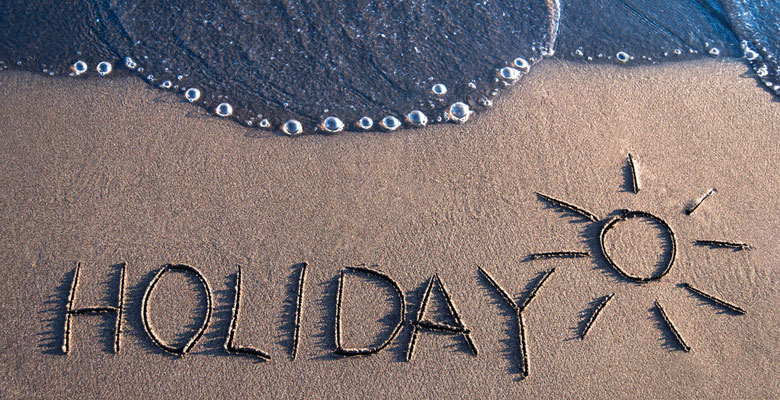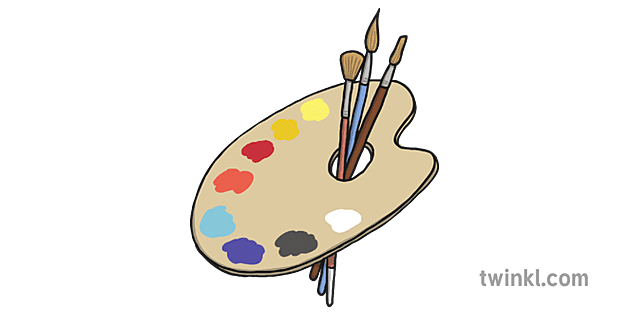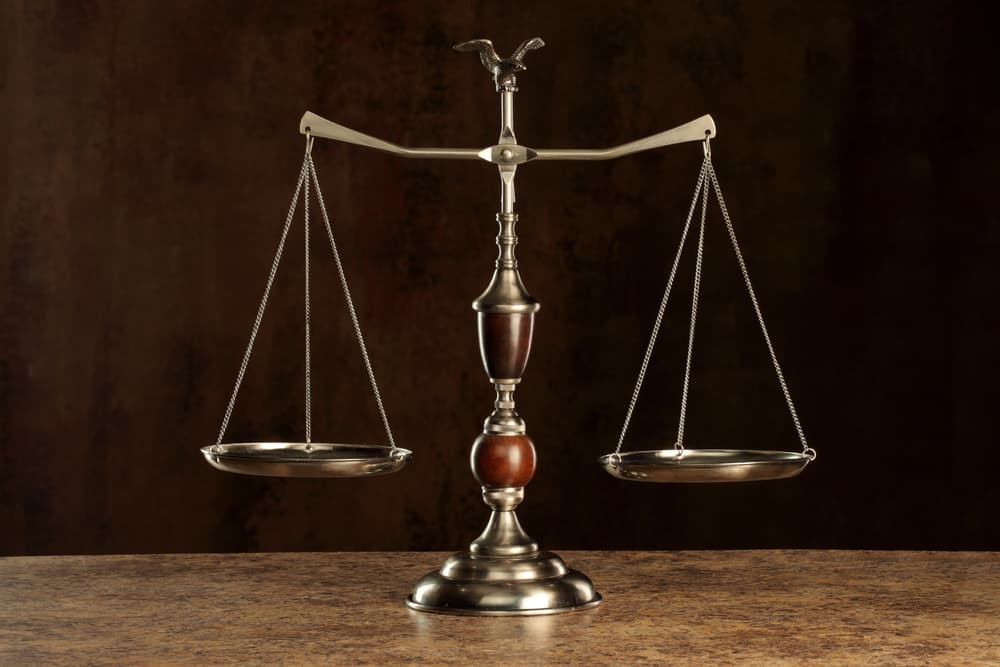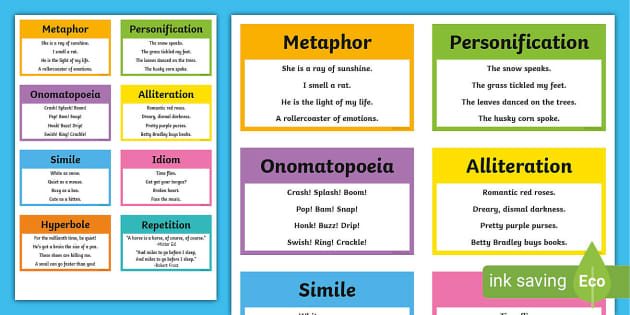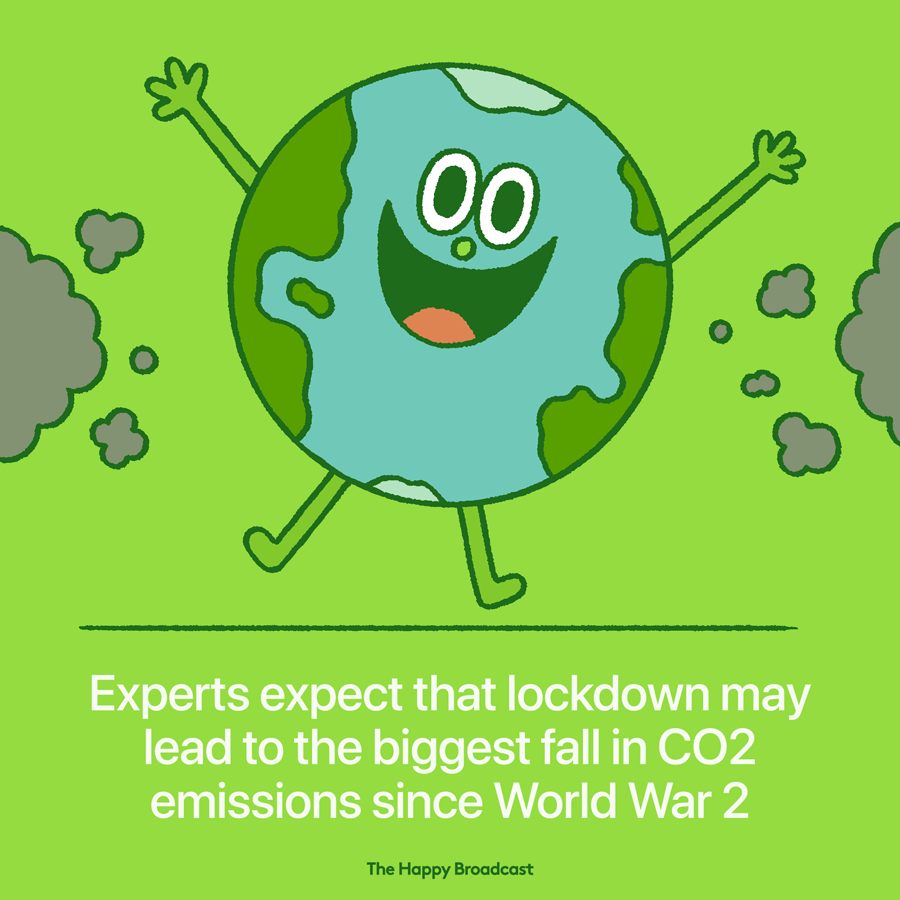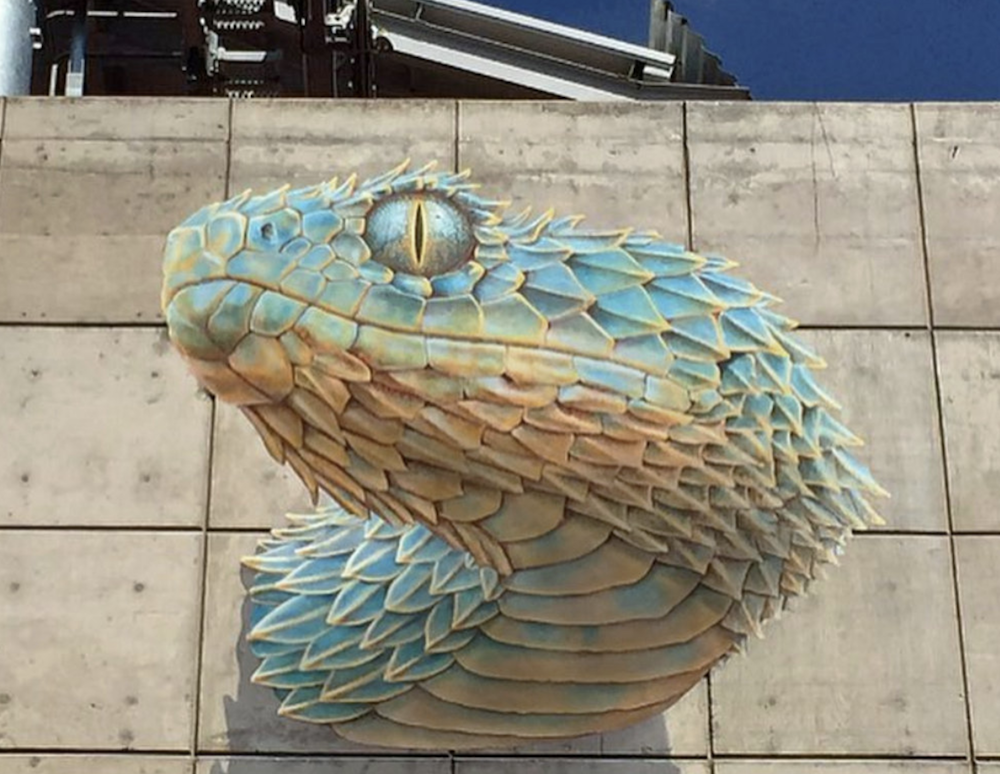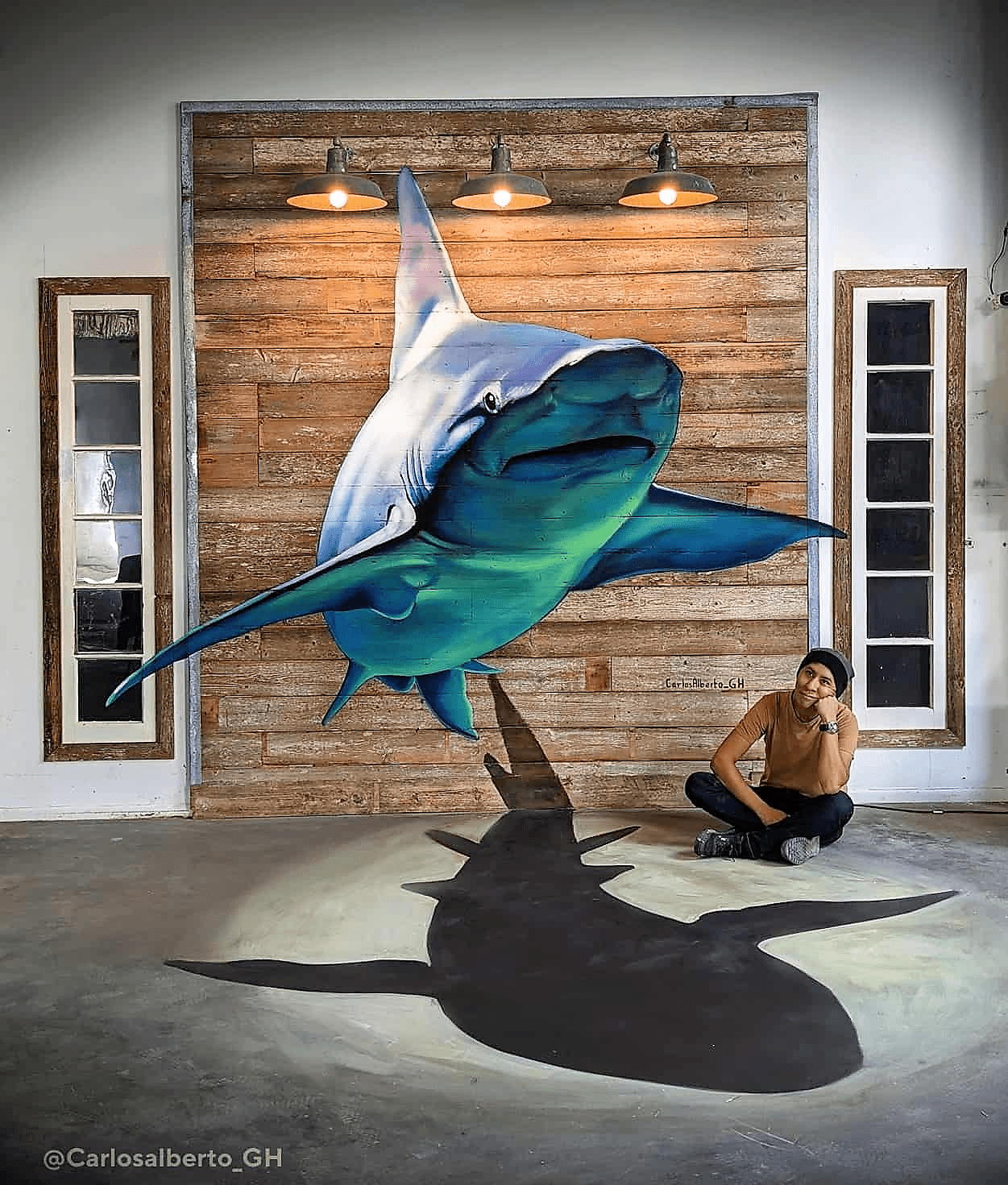During Art Term 2, after researching Tracy Tawhiao and Picasso and their art style, I have been connecting parts of their art style with my values or art style by drawing and painting aspects of their art and a mix of mine as well.

One of the art aspects I got from Tracy Tawhiao to my art is subversion. I did this by getting a newspaper, painting almost everything but leaving some words and images behind, and creating a new sentence and meaning. Meanwhile, I got to connect Picasso’s Art to my art by applying just basic colors with not too much depth in my art as we can see in the scale, which isn’t colored with a lot of depth but simple color while the subversion sentence I made in my art which is “on co-government has work to do” along with some of the images shown represents what’s currently happening in our time, such as wars happening in some countries.
And of course, how I applied my values in my art was a balanced scale, a clock, and some hands. The clock in my art represents equality, and the clock represents time as the hands at the side of my art represent how some are seeking, striving, and reaching for the time/period of equality as the scale which is equality and the clock which represents time altogether represents the time of equality.

I’ve then been learning about the principles of art finding what aspects some arts have in it, we’ve also been doing some thumbnail sketches to locate them.
An example of them is a balanced element, which means that there is a balanced amount of lighting and shadows in the art, not higher or smaller than the other, and High key lighting which is when there is massive lighting overwhelming the image, having little shadows, and low key lighting is when there is more shadows/dark than lighting.

What I’ve also been doing after creating this is then trying to photograph things that are related to my values as what I chose for this is a guitar, scale, and shoe for. Then I started photoshopping them and I changed their settings of them such as the lighting, colors, saturation, blend, definition, and sharpness.
I then afterward did up to 2 observation drawings of a photo that I have photoshopped, first making up to 6 planned-out thumbnail sketches I may do in my finished work and a list of things I may want to apply such as cross-hatching for example. I’ve then been making observational drawings but painting and adding newspapers to them, applying a bit of subversion to the art, and also doing it based on cubism.
We have also been taking practice shots & getting used to the camera functions before starting the real shot:
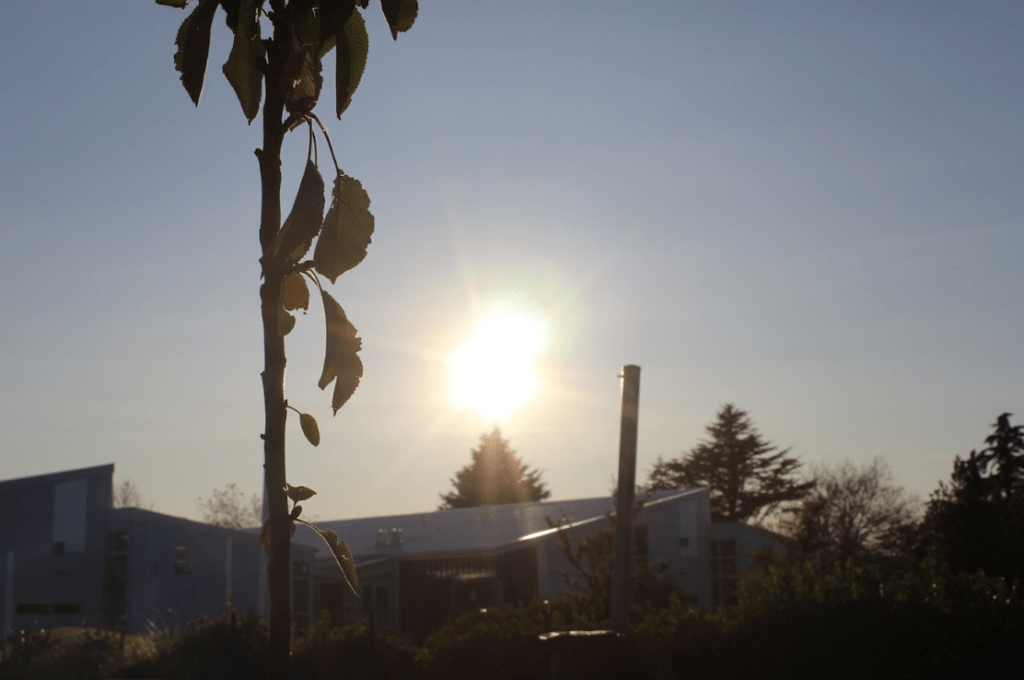

Photos:


Photoshopped Photos:


Planned out Thumbnail Sketches:

- Applying Cross Hatching
- More lighting to the right
Observational Drawings:
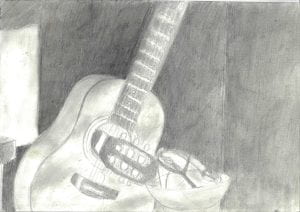

Observation drawings (2):



Series Of Workpiece:
After all of this, I made them all into an art sequence panel
Panel 1:

I’ve then started making my panel 2 by applying to make more photos from 1.3. 1.3 is where I did an option to research a photographer of my choice, along with drawing thumbnail sketches and what I’ve observed based on their artworks. I then did my own photos based on what I observed from my photographer’s photos, and afterward, photoshopped them. When I was making my panel 2, I’ve also added photos back from panel 1, except now splitting and cutting them into separate parts. Then, placing them in different places from where they were originally, and applying more subversion into it. I then after that tried to apply more of some of the aspects of Tracy Tawhiao and Picasso by applying some newspaper to more of my art, as well as putting some Maori symbols in reference to what Tracy Tawhiao did to hers.
Panel 2:

After this, I also applied a style from the artist Jean Michel Basquiat, which focuses on a graffiti-like style to his art, and similar to Tracy Tawhiao, he also tends to cover his art into layers, covering his original art and turning it into something new.
Final Panel:

